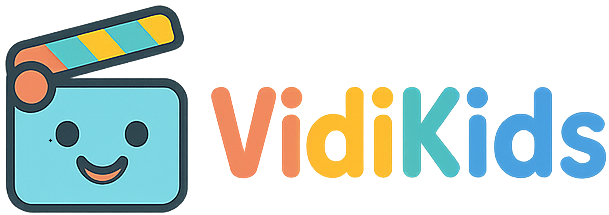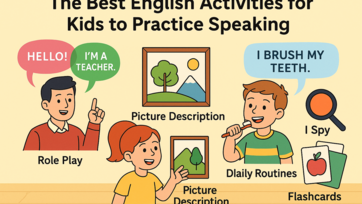Raising happy and confident children doesn’t require doing extravagant activities or spending a fortune. Often, it’s the small, consistent daily habits that make the biggest difference. These simple routines help kids feel secure, valued, and capable—which builds lifelong resilience and joy.
Below are ten easy-to-adopt habits that support emotional well-being and self-esteem. Most take just a few minutes, but their impact lasts for years. Whether you’re a parent, guardian, or teacher, implementing these habits can foster a positive environment where children thrive.

1. Morning Connection Time
Start each day with a brief moment of connection. Before rushing out, take one minute to sit together, share a smile, and say something positive—“I’m proud of you” or “You look ready for the day.”
This simple ritual helps children feel emotionally supported and sets a cheerful tone.
2. Establish Predictable Routines
Children feel safe when they know what to expect. Create consistent routines for meals, schoolwork, playtime, and bedtime. Predictability reduces stress and supports independence, because kids learn what is expected of them.
3. Praise Effort Over Result
“Thank you for practicing your reading!” is more powerful than “What a smart reader you are!” Focusing on effort encourages children to try, take on challenges, and handle setbacks with resilience.
4. Ask for Their Opinions
Daily choices—like picking a snack or choosing clothes—help children feel competent. Try questions like: “Would you like apple slices or banana today?” or “Would you prefer painting or puzzles right now?”
These small invitations to decide build self-esteem and decision-making skills.
5. Share a Daily High and Low
Each evening, ask: “What was the best part of today?” and “What was the hardest part?” This habit shows children that their feelings matter, normalizes challenges, and builds trust through honest communication.
6. Read Together Every Night
Reading for 10–15 minutes before bed—whether a storybook or just looking at pictures—encourages bonding, relaxation, and language development. Choose engaging, humorous, or comforting books, and ask simple questions to prompt conversation.
7. Encourage Independent Play
Set aside time when children play by themselves. Independent play sparks curiosity, problem-solving, and inventiveness. Even if you supervise nearby, giving them space to explore on their own is a gift.
8. Teach Emotional Labelling
Words help children understand their feelings. When they’re upset, say: “You seem frustrated because your block tower fell.” This validates their emotions and helps them learn emotional awareness.
9. Celebrate Small Wins
Did they tie their shoelaces, share a toy, or help set the table? A simple “Well done!” reinforces positive behaviour and shows that you notice even small achievements. This attention builds confidence over time.
10. End Day with Affection
End each day with a hug, gentle praise, or shared words: “It was great being with you today.” Even a short moment of connection before sleep reminds children that they are loved and secure.
Why These Habits Matter
-
Emotional safety: Kids who feel consistently loved and supported develop strong emotional foundations.
-
Self-confidence: When their efforts are recognised and choices are respected, they believe in their abilities.
-
Communication skills: Daily conversations build vocabulary, empathy, and trust.
-
Resilience: When children know mistakes are part of life, they recover more easily.
Tips for Busy Families
-
Choose two or three habits to start with, then add more gradually.
-
Write reminders on a chalkboard or set phone alerts, if needed.
-
Involve older siblings or caregivers—consistency helps reinforce habits.
-
Be flexible—routines should support life, not block it.
Starting with One
If you’re just getting started, try the “High and Low” moment at dinner. It takes under a minute but opens the door to deeper understanding of your child’s day and emotions.
Final Thoughts
Consistency beats perfection. Even on challenging days, those small moments of connection, praise, and routine can anchor a child’s confidence. By making these ten habits part of your daily life, you create a loving environment where children grow with security, joy, and emotional strength.
Begin with one habit today, and see how small changes lead to a happier, more confident child—all without adding stress to your routine.
; ?>







